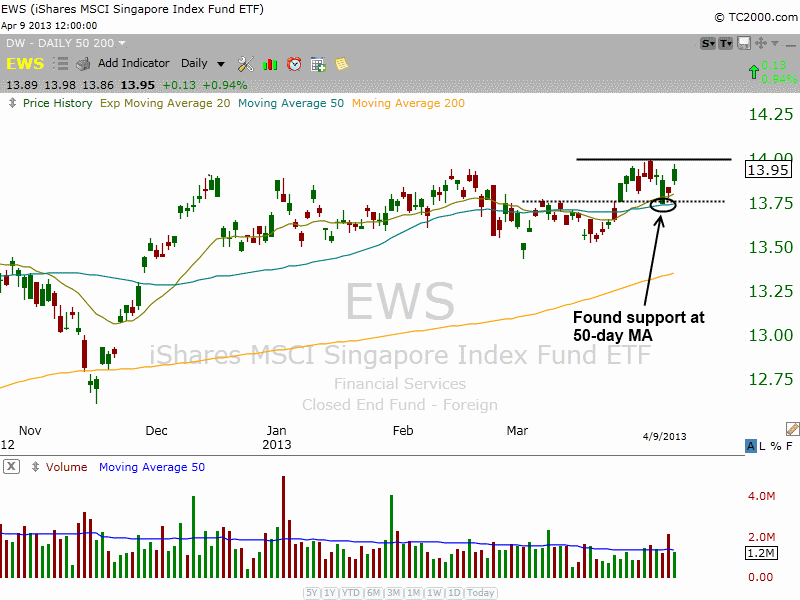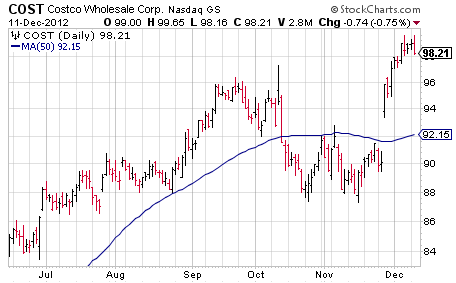A Different Way to Trade Hot IPO Stocks ETFs
Post on: 18 Июнь, 2015 No Comment

John Nyaradi September 21, 2014 Comments Off
All of the excitement about Friday’s Initial Purchase Offering (IPO) of Alibaba (BABA) sparked a wave of IPO fever among those who felt that they “missed out” on all of the excitement surrounding the highly-hyped IPOs of Facebook (FB) and Twitter (TWTR) . Those who bought Facebook at $38.23 per share on its first day of trading, May 18, 2012, have seen the share price increase by 101 percent since that time, to $77. Those who bought Twitter shares on November 8, 2013, when the stock made its debut on the New York Stock Exchange at a closing price of 41.65 per share, have seen the price increase 22.16 percent since that time. Let’s not forget about those “ulcer” phases, when Facebook shares sank to $18.06 on August 31 of 2012 and when Twitter shares sank to $30.50 on May 23 of this year.
While many IPOs turn out to be bonanza opportunities, many are duds. You might know an investor who made a practice of scouting IPOs, investing in them, only to end up losing a fortune. Selecting the right IPO for your chance at a windfall requires careful research. Jumping on the bandwagon for a highly-touted publicity event is not a recommended formula for selecting an IPO investment.
There are now a couple of ETFs which are focused on IPOs. Letting a fund manager do all the research and make the hard choices could have its advantages.
The first IPO ETF became available in 2006: The First Trust U.S. IPO Index ETF (FPX) is designed to track the performance of the IPOX-100 U.S. Index, a modified, value-weighted index measuring the performance of the top U.S. companies ranked quarterly by market capitalization in the IPOX Global Composite Index. The most disappointing aspect about FPX becomes apparent when you take a look at some of its top holdings: General Motors (GM). Phillips 66 (PSX). Kraft Foods (NASDAQ:KRFT) and many of the other dinosaurs held by FPX which are not IPO stocks.
On October 16, 2013, Renaissance Capital launched the Renaissance IPO ETF (IPO) . Within one week of IPO’s inception, forty-five percent of IPO’s assets were in these top five holdings: Facebook (FB). Zoetis (ZTS). Michael Kors Holdings (KORS). Delphi Automotive (DLPH). and Realogy Holdings (RLGY) . Stocks are removed from IPO’s list after they have been openly traded for more than two years. Zoetis is still on the list at number 2 and Realogy is number 6. The Renaissance IPO ETF is based on the Renaissance IPO Index, which does not add a new stock until it has been traded for five days – the time it takes to obtain reasonable price discovery for a newly-listed stock. Obviously, IPO’s holdings have been well-chosen thus far. Although this ETF suffered from the spring selloff, when investors became extremely risk-averse, IPO is now trading where it was in early March – around $23.50.

Renaissance Capital is presently in the process of planning a new IPO ETF: the Renaissance International IPO ETF which might also draw plenty of excitement.
The IPO market is a constant lure for investors seeking quick profits which oftentimes prove to be elusive except for insiders. IPO ETFs can offer everyday investors a way to participate in a number of new public offerings.
Another recent trend in IPOs is with energy related IPOs, particularly in the MLP (master limited partnership) space for natural gas and oil coming from North Dakota, Texas, and other booming parts of the country. Our dividend and income expert Tim Plaehn has been using dividend IPOs as a part of his high yield strategy in 30 Day Dividends. Click here for more on how you can use dividend IPOs in your portfolio .














